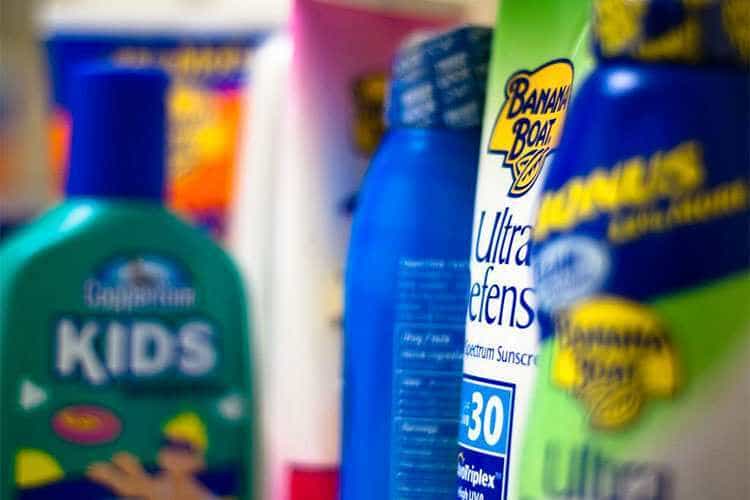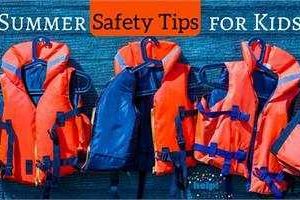How often have you heard someone say, “Wow look at your tan! You look amazing!” Or “You look so healthy with that tan!” Unfortunately our culture is misguided in the praise it affords tans. Changing this way of thinking is one of our greatest challenges as the rates of malignant skin cancers soar.
Here are some important facts:
- Ultraviolet A (UVA) and ultraviolet B (UVB) rays are equally dangerous. Both can cause changes to the DNA that can lead to skin cancer.
- Tanning beds are NOT safe. They have been classified by the World Health Organization as “carcinogenic,” a designation shared with tobacco and asbestos.
- We do not need the sun for our vitamin D needs if we take supplements. It is safer and healthier to take a daily vitamin D supplement than to expose our skin to intermittent bursts of high intensity ultraviolet radiation.
- Sunscreen use is essential to lower our risk of skin cancer. Sunscreen can either be a physical sunscreen (which physically blocks the ultraviolet rays), or a chemical sunscreen (which absorbs the ultraviolet rays) and is measured by its sun protection factor (SPF). Both types are safe and effective for adults and children over the age of 6 months.
- Contrary to some media hype, there has never been any conclusive evidence linking the chemicals in sunscreens to cancer but there IS conclusive evidence linking the effects of the sun to cancer.
- Skin cancer is the most commonly diagnosed type of cancer in the world, and, in Canada, melanoma alone is expected to kill over 1,000 people in 2012.
- We can help reverse this disturbing rise in skin cancer by properly educating ourselves and our children about sun exposure.
Tips on being ‘sun smart’ at every age to follow in an upcoming post.
About The Author:
Janice Weiss is the mom of two wonderful, university aged kids and a family practitioner with more than 25 years experience working in a Scarborough community practice. She has worked in emergency rooms, sports clinics and a sexual assault care clinic, practiced obstetrics, spent several summers as a camp doctor and loves to teach medical students. She has appeared many times on the television series Diagnosis MD, is a senior medical consultant and the director of continuing medical education at the Medcan Clinic, and is a consultant to the National Ballet of Canada. Her medical interests include preventative health care.
IMAGE CREDIT ROBERT S. DONOVAN



